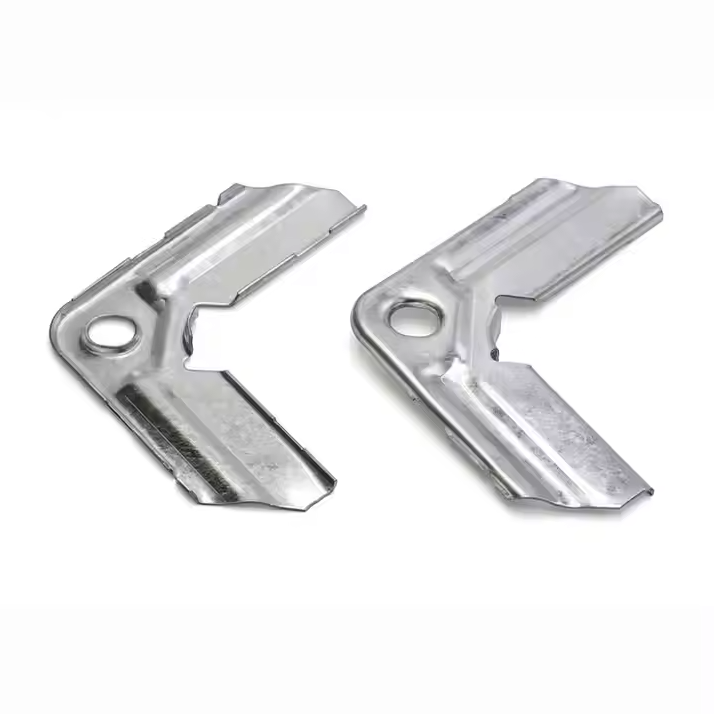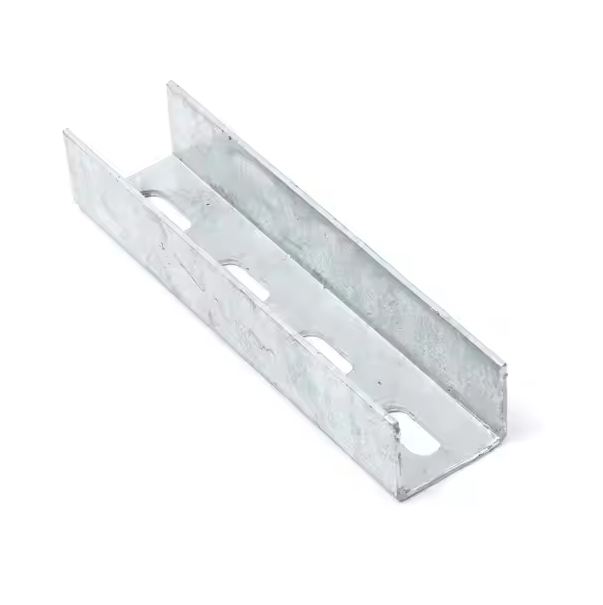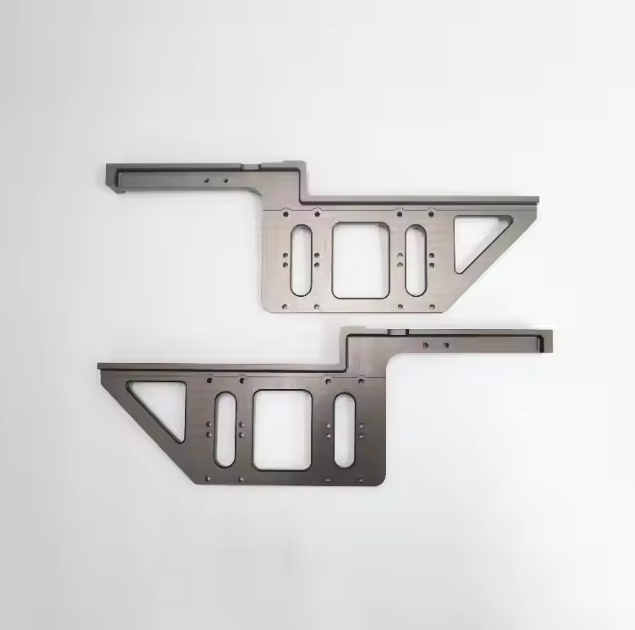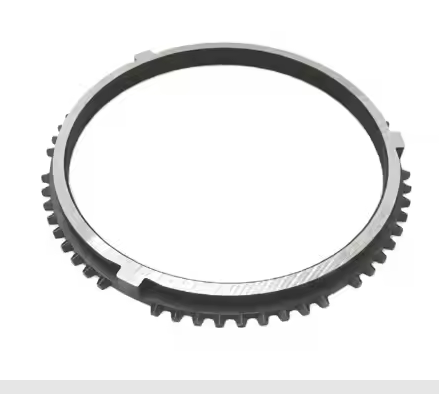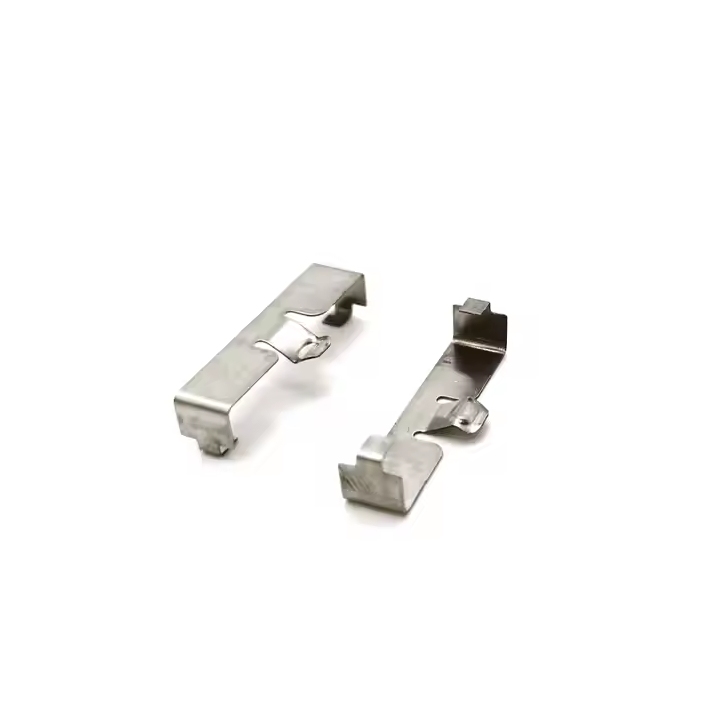Metal-joining is a technology that enables two or more metal parts to be connected quickly in an assembly by means of mechanical design and material processing. It is widely used in industrial manufacturing and mechanical assembly, and is commonly used in the connection between components such as gears, couplings, and fastening devices.
Common types of metal occlusion
Spur and helical gear occlusion: used to transmit rotational power, suitable for different precision and speed requirements.
Mortise-and-tenon occlusion: precise joining of components using a specific shape structure, similar to the mortise-and-tenon design in woodworking.
Toothed joints: e.g. spline shafts, where drawings are sent by matching specific tooth shapes.
Snap Bite: In light duty applications such as consumer electronics, pipe connections, etc., a snap design is used to enable quick mounting and sensing of components.

Advantages of Metal Snap
Metal occlusion is a process technique for quickly joining two or more metal parts by means of a specifically designed shape and surface fit.
1. Acuity and durability
Metal occlusion provides a fast mechanical connection capable of withstanding greater tensile forces, pressures and data. This characteristic is extremely prominent in high refractive index and vibration conditions, such as gear systems
2. Precision fit
Metal occlusion often relies on the precise design of shapes, such as the tooth shape of gears, keyways for splines, etc. Precision machining ensures a tight connection between components, reduces assembly spindles and increases transmission efficiency.
3. Non-slip and self-locking
Through shape matching (e.g. concave-convex design, wedge joints, etc.), metal-clamping is non-slip and self-locking under force, preventing the connection from loosening.
4.Environmental adaptability
Occlusion technology is suitable for various environments, including high temperature, high pressure and corrosive environments. The corrosion and deformation resistance of the metal makes the bite
5. Repeatable disassembly
Some occlusion designs allow parts to be disassembled repeatedly without damage, such as snap-on or spline occlusion for applications requiring
6. No additional upgrades required
The metal bite inserts additional connectors such as bolts and glues, which simplifies the manufacturing and assembly process and reduces productivity
7. Mechanical transmission efficiency
Especially in gear or shaft system, metal bite enables efficient power transmission, reducing energy loss and mechanical noise.
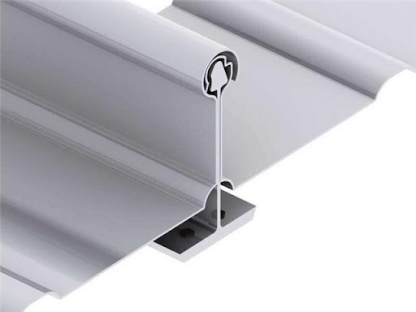
Enhancement of product quality and reliability
1. Improve the strength of mechanical management
Metal occlusion utilises a precise fit of shapes and materials to bring parts together quickly, resulting in a high strength connection. Whether it's gears, splines or structural components, the
2. Reduce mechanical transmission errors
By optimising the occlusal structure and gap machining, metal occlusion ensures efficient power transmission between mechanical components and reduces energy loss. Especially in gear systems, the occlusion technology
3. Enhanced adaptability of components
The close-fitting design of metal occlusion enables it to adapt to grid environments (e.g. high temperature, high pressure, corrosion, etc.). For example, in aerospace and deep-sea equipment, metal-clamping technology ensures that components maintain reliable performance under extreme conditions.
4. Improve product assembly efficiency
Compared with welded or bolted connections, metal occlusal connections require complex secondary processing and can be assembled quickly, reducing production costs. At the same time, the precision positioning function during assembly can significantly reduce calibration and improve product consistency.
5. Prevents slippage of connecting parts
The metal bite design achieves a good braking effect through the concave and convex, tooth-shaped and other structures to ensure that the components remain stable over time. This is critical for precision devices that require high positioning accuracy, such as connectors or sensor parts in electronic components.

Metal Bite Applications
Mechanical transmission systems: e.g. occlusion of gears for efficient transmission of power and motion.
Automotive manufacturing: occlusal connections are used in engine components, original gears and brake systems.
Aerospace: metal occlusion to provide high-strength connections between turbine engines and structural components.
Building and bridge engineering: occlusion is used in steel structures to improve structural stability.
Through scientific design and high-precision processing of metal biting technology, not only can the physical properties of the product be improved, but also the cost in long-term use can be reduced, providing guarantee for high reliability and high-quality industrial production. If you are looking for a reliable metal factory to cooperate with, Xuanmin is the best choice. Contact us to start customization.
